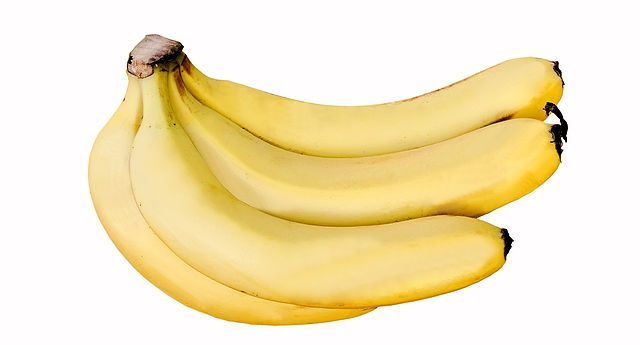After 9 years in the making, a new banana variety in Oman could change the Gulf Cooperation Council (GCC)’s niche of agricultural economy.
A strain of the resilient Williams (AAA) variety, this Cavendish mutant boasts superior adaptation to the Arabian climate.
It also promises a high economic value due to its less curved bananas and high yield capacity.
Its developers from Oman’s Royal Court Affairs said that the banana has been under trial cultivation for the past 3 years. Its three-year observation period took place at the Royal Razat Farm in Salalah, a port region in Oman.
New Banana ‘Discovery’
In actuality, the banana was a natural ‘discovery’ by the scientists. Researchers first discovered it as a spontaneous genetic mutation plant growing next to William AAA cultivars on the Royal Razat Farm.
In 2015, the botanists went on to isolate three seedlings of the new plant and observed it through trial cultivation.
The 36-month trial and observation duration confirmed its sustainability and led to the breakthrough announcement in March 2024.
Economic Benefits of Moz Razat
Scientists decided to call the plant Moz Razat in honor of its parent farm, which suggests positive impact. Razat in Arabic has may meanings including harmony, human being, and good cheer. Moz, in turn, is the Arabic for banana.
The new banana has greater leaf foliage than its fellow Cavendish plants, an important factor for sun shielding. More so, its branches are heavy, which enables the plant to produce sizable and straight banana fruits.
Importantly, the ability to support many fruits in its robust stems makes it a possible cash cow. Omani bananas average OMR 0.69-0.99 ($1.79-2.57) per kilo at a supermarket while in neighboring Saudi Arabia they average SAR 4 ($1.07).
The variety may also reduce dependence on imports. Oman imported $28,000 worth of bananas from Ecuador, the UAE and India in 2022. This was despite massive exports worth $345,000 in the same year, down from the uptick $909,000 of 2019.
In historical terms, banana production in Oman took a leap between 1981 and 2011. Output in 2011 reached the highest tonnage ever of 61,600 tonnes.
Since then, production has slowed, although it picked in 2016, before leveling to date. Recent production details show that 2022 output increased by 0.054%, to 18,400 tonnes over the 2021 margins.
The discovery of the Moz Razat variety has therefore the potential to recover earlier productivity.
